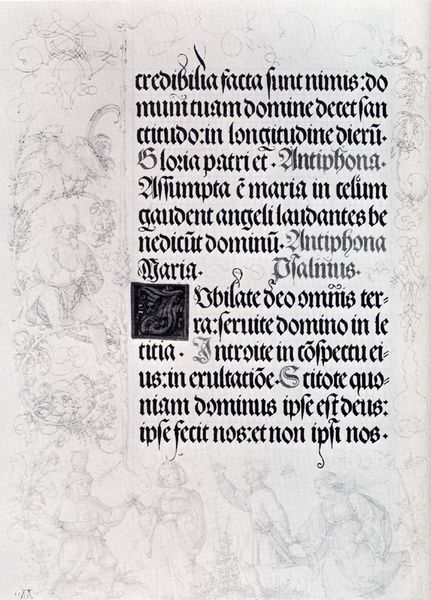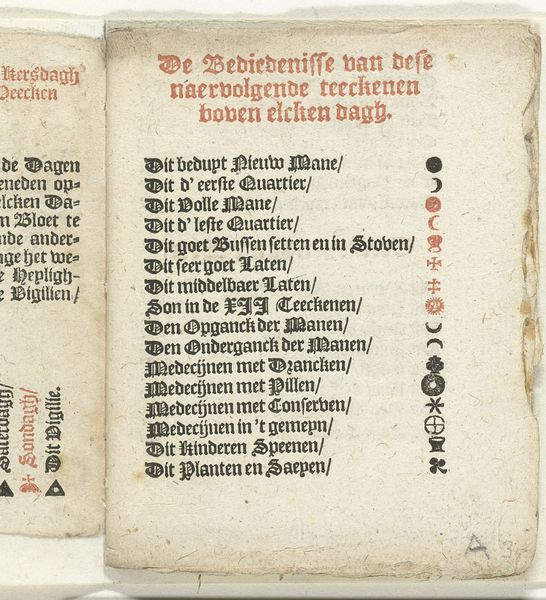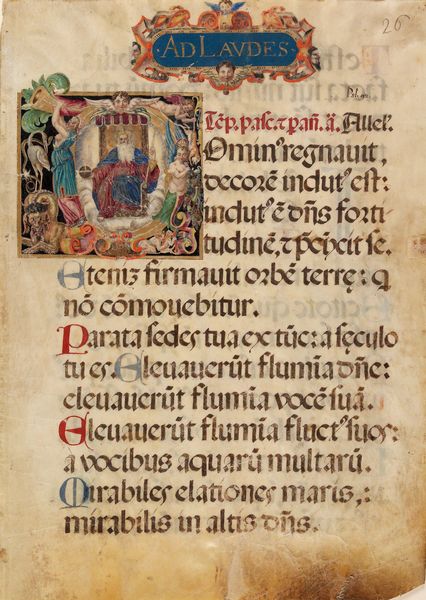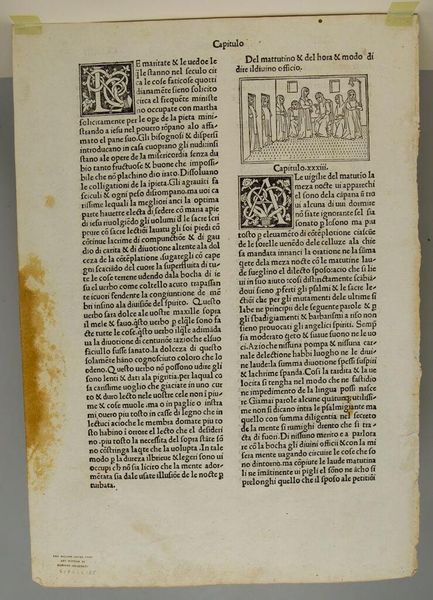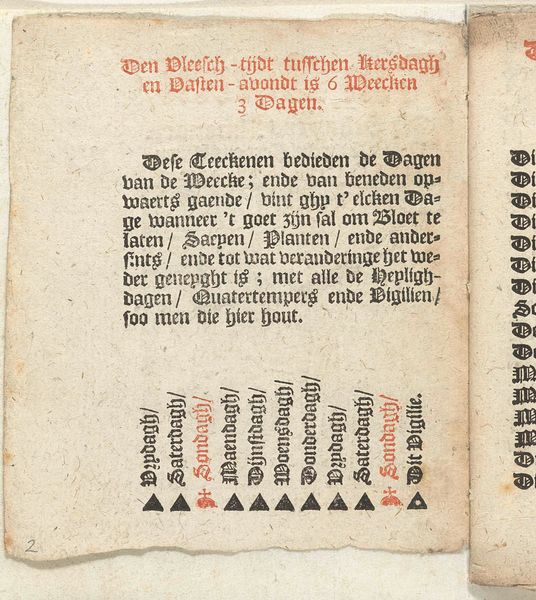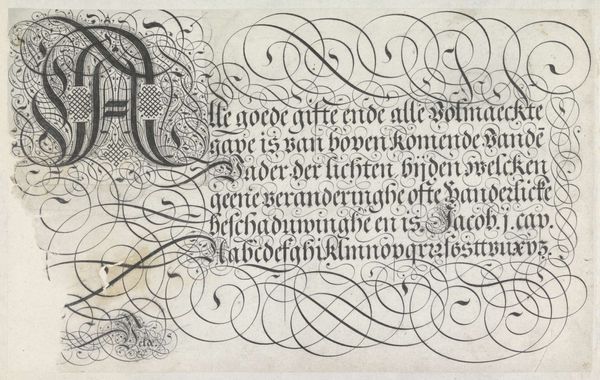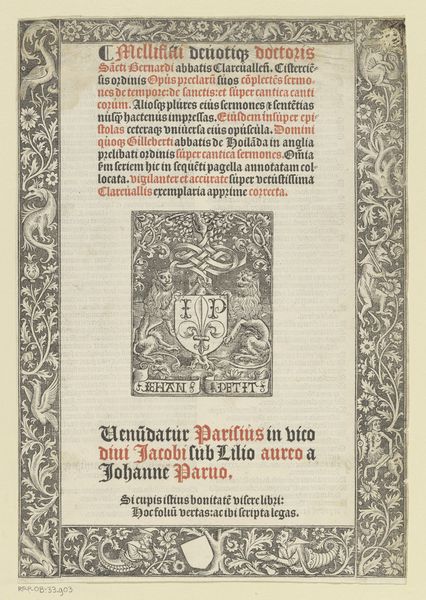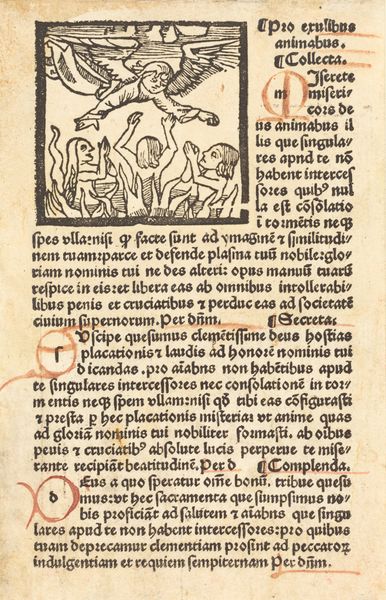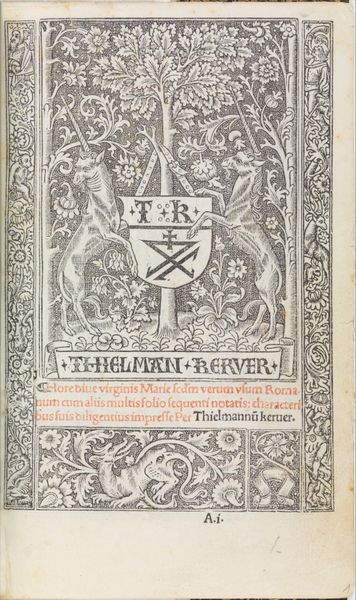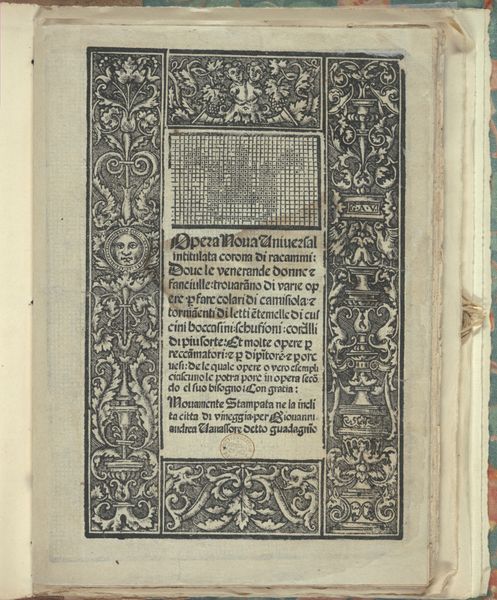
Ein new getruckt model Büchli...Title page 1529
0:00
0:00
drawing, print, paper, typography, ink, woodcut
#
drawing
# print
#
paper
#
typography
#
ink
#
woodcut
#
northern-renaissance
#
calligraphy
Dimensions: Overall: 7 7/8 x 6 1/8 in. (20 x 15.5 cm)
Copyright: Public Domain
Editor: So, this is "Ein new getruckt model Büchli...Title page" by Johann Schönsperger the Younger, created in 1529. It’s a woodcut and ink on paper. What strikes me is the stark contrast between the dense blackletter text and the aged paper. What can you tell me about it? Curator: Looking at this title page, I’m immediately drawn to the means of its production. This isn't just about beautiful lettering; it's about the mechanization of text through the woodcut process. How do you think this printing process impacted society at the time? Editor: Well, obviously, printing made texts more widely available. So, how does this artwork challenge the boundaries of ‘high art’ versus craft, then? I mean, it is functional. Curator: Precisely! Think about the labor involved. Carving the woodblock, setting the type, operating the press—it’s a very hands-on, laborious process. It directly challenges our traditional notions of art being solely about individual genius and aesthetic beauty. The materials, the ink, the paper: each held a certain value, subject to trade, import, and manufacture. The typography is an aesthetic choice, yes, but also deeply entwined with practicality and the distribution of knowledge. The spread of vernacular typography spoke to social classes, occupations, and access. What are your thoughts on how such images helped create a common culture or even supported individual social mobility? Editor: I guess it allowed more people access to participate in scholarly and commercial networks. This wasn't about painting for a wealthy patron; it was about producing for a wider market. That makes me think differently about its purpose. Curator: Exactly! The implications are immense. It also shifts our focus from the singular artwork to the network of makers, distributors, and consumers who all contributed to its meaning and influence. Editor: I've definitely learned to think more about how materials and processes shape art, not just the final product's appearance or intention. Curator: And understanding the material conditions in which art is created is critical to understanding its historical significance.
Comments
No comments
Be the first to comment and join the conversation on the ultimate creative platform.
